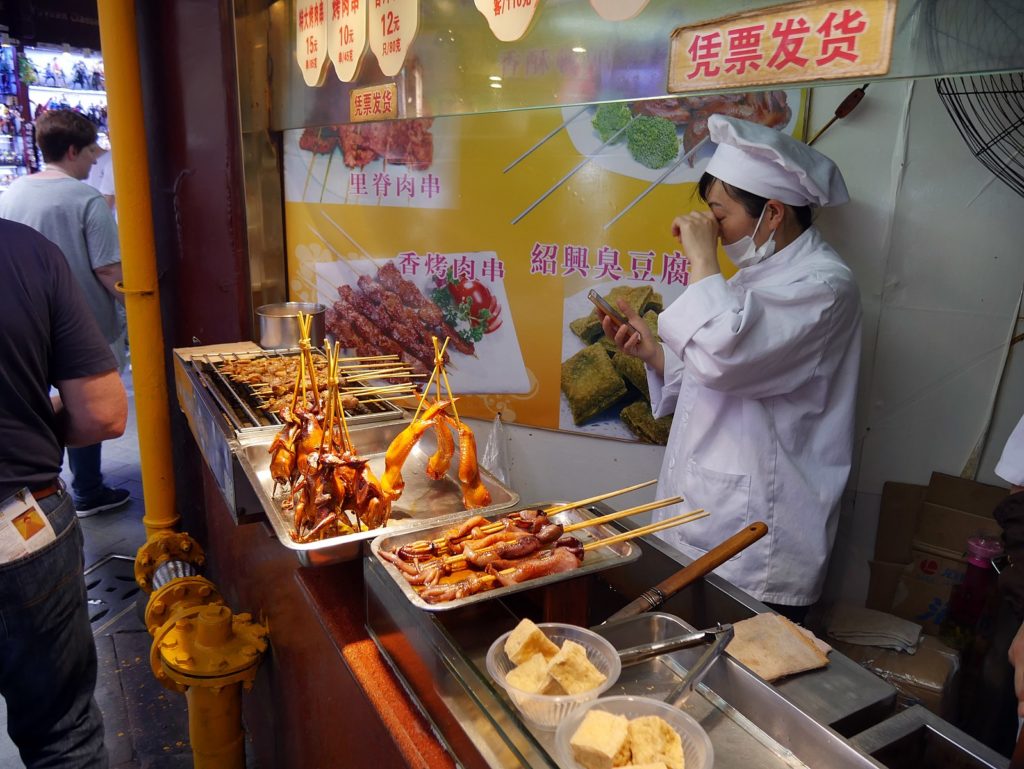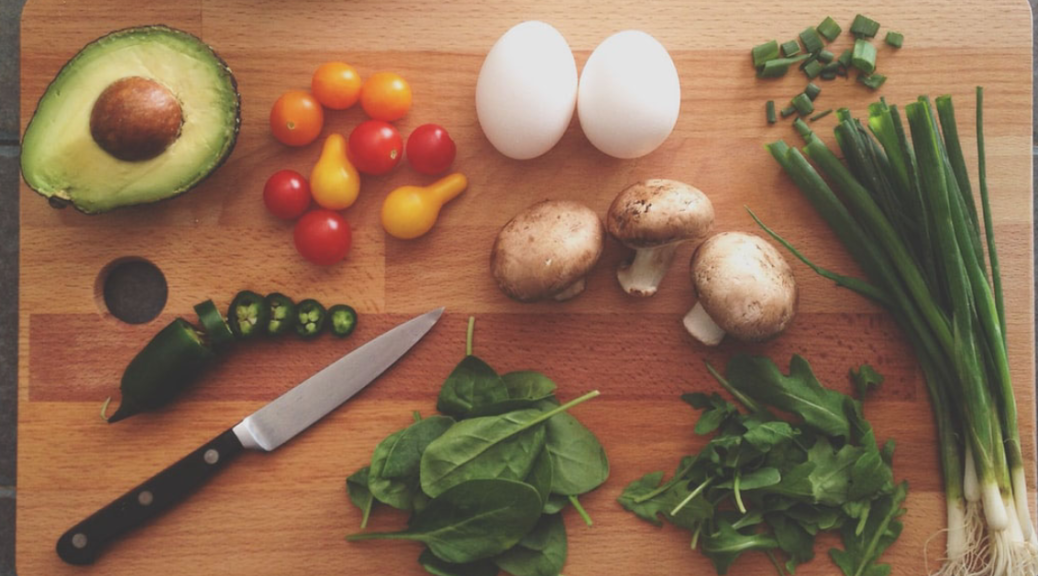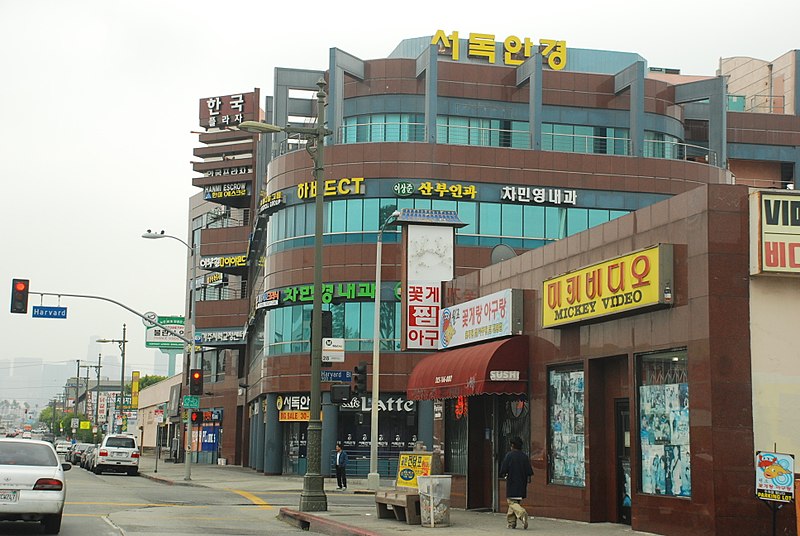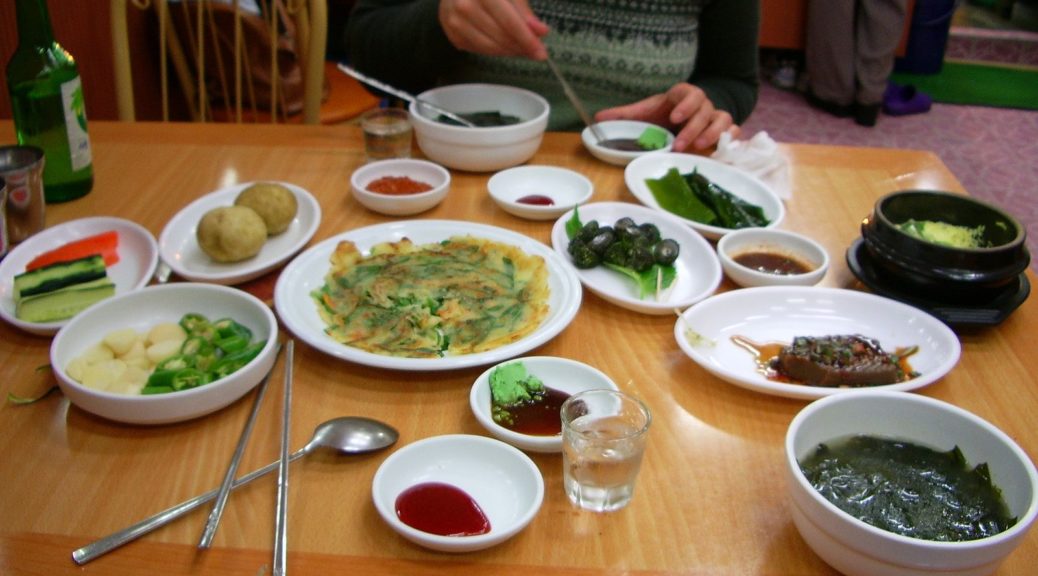[3 minute read]
After asking several students in ALI conversation groups what they missed most about their homes, the unanimous response I received was simply, “food.” Despite the wide array of restaurants in Los Angeles featuring cuisines from all around the world, it is hard for many international students to find what they would consider be truly authentic good food.
A student I recently conversed with talked about the food from his hometown, Chengdu, a city known for its spicy cuisine. Although he likes trying other cuisines, nothing beats Sichuan food. Speaking of the various similarities and differences between regional cuisines in China, I proclaimed my own partiality to Shanghainese food, which is known for having more sweet and sour flavors. One dish that I especially love is Sheng Jian Bao, which roughly translates to pan-fried buns filled with pork inside. This dish can be found throughout China, but is most common in Shanghai, where it is commonly sold as street food.

Thinking about food left me with a craving to make my own Sheng Jian Bao. Ever since I tried the dish on a trip to Shanghai several years ago, I had been looking for a place in the San Gabriel Valley that would meet my expectations. Unfortunately, none of the restaurants I visited succeeded in matching the ones I had eaten abroad. Finally, over a recent three-day weekend, I looked online for a recipe and decided to try a hand at making the dish myself. It was a long process: gathering all the necessary ingredients, letting the yeasted dough rise, seasoning the meat, wrapping the buns, then steaming them. Although the whole affair was rather tedious, the buns turned out to be delicious – perhaps not quite as perfect as the ones I had eaten in Shanghai, but enough to be worth the preparation effort.
Continue reading Recreating My Favorite Dishes





